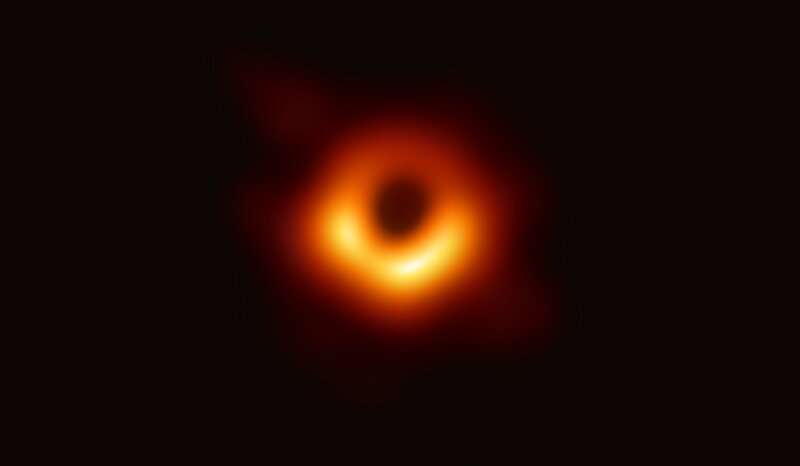Shedding light on black holes

"Black holes" is one of the most highly searched terms about our universe. There's a fascination with the idea of a region of space having a gravitational pull so strong, nothing can escape its deadly grasp, not even a sliver of light. Well, not quite. In fact, much of what we think we know about black holes turn out to be myths.
Myth 1
All black holes are black. As the photograph below from the Event Horizon telescope demonstrated, light can be detected near a black hole's event horizon. This is the boundary between normal space and the space affected by the black hole's gravity, from which no escape is possible. Part of this light comes from the black hole's accretion disk, a flat, pancake like structure composed of dust, gas and other debris. Friction constantly moves the disk's material inward toward the event horizon. Light also comes from jet streams which propel matter outward along the disk's north and south poles.
Myth 2
All black holes are about the same size. Black holes actually come in several different sizes which are defined by their mass. Small black holes are usually the result of a relatively short and violent collapse of a star. Recent work suggests that Intermediate black holes are found in the nuclei of some active galaxies. Super massive black holes on the other hand, are found at the center of nearly every galaxy.
Dr. Dan Evans, an Astrophysicist at NASA Headquarters says, "There's a direct relationship between the beginning of super massive black holes and the beginning of their corresponding galaxy. This strongly suggests the two were born about the same time and slowly grew in size together over billions of years."
Myth 3
If you get within a few thousand miles of a black hole, its super gravity will pull you into its center. It turns out you can get surprisingly close to a black hole. If you approached a black hole with mass equal to our Sun's for example, you could get as close as tens of miles. So imagine if we replaced our sun with a black hole of the same mass. All of the planets would continue to revolve around it, at exactly the same speed and distance as they do now.
Myth 4
Once inside a black hole, nothing ever comes out. Nope. It turns out that radiation can escape from a black hole. One of Stephen Hawking's contributions was a theory that a black hole is not so dense in a quantum mechanical sense. The slow leak of what's now known as Hawking radiation would, over time, cause the black hole to simply evaporate.
The image from the Event Horizon telescope confirmed what Albert Einstein's general theory of relativity predicted over 100 years ago—that a black hole's form is that of a perfect circle. And as scientists learn even more about the properties of this gigantic cosmic mystery we call a black hole, they'll be able to puncture even more myths.
Provided by NASA





















